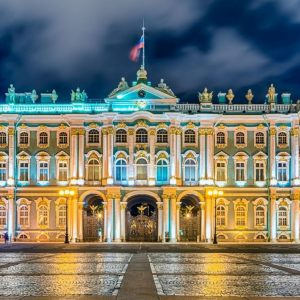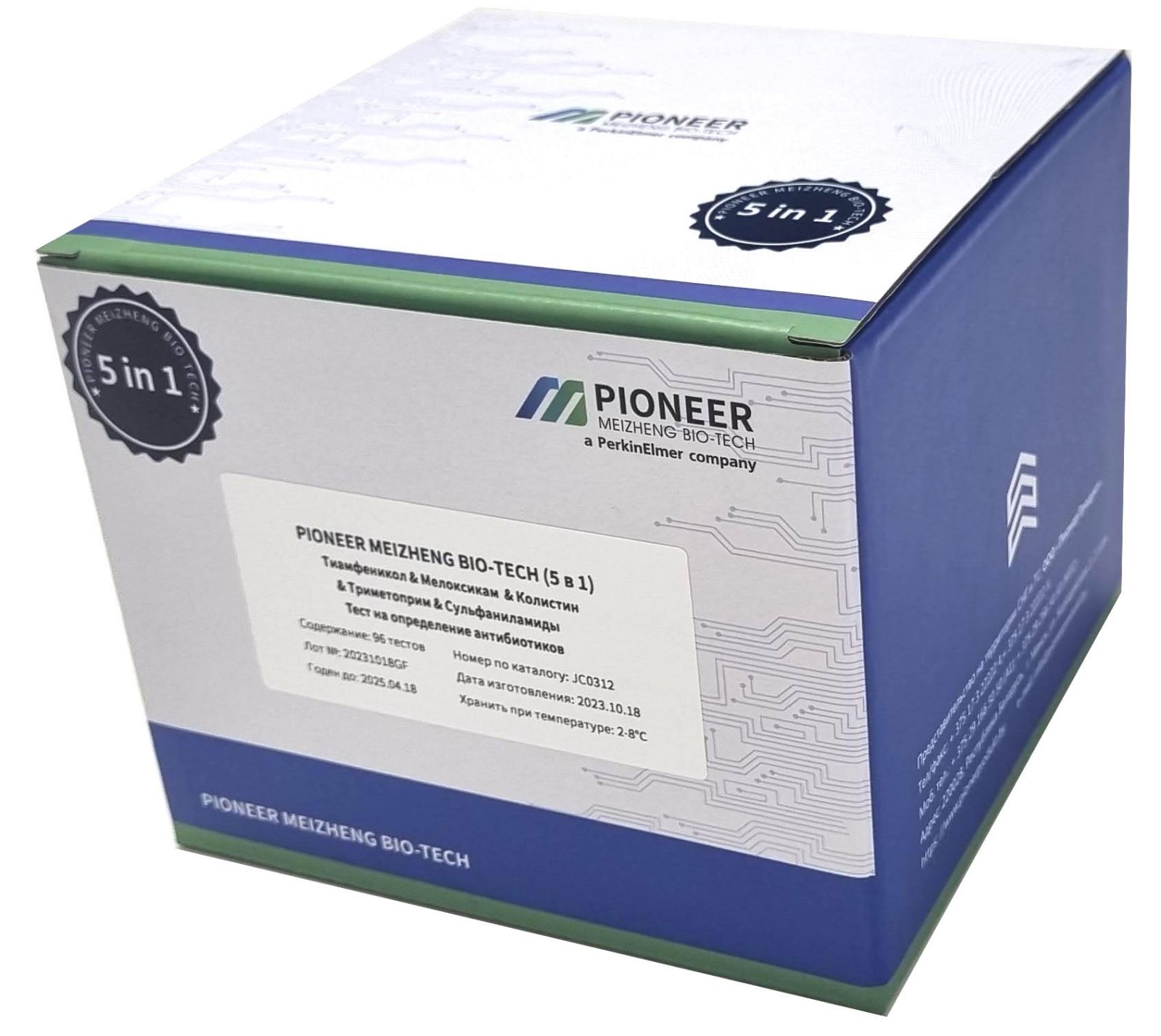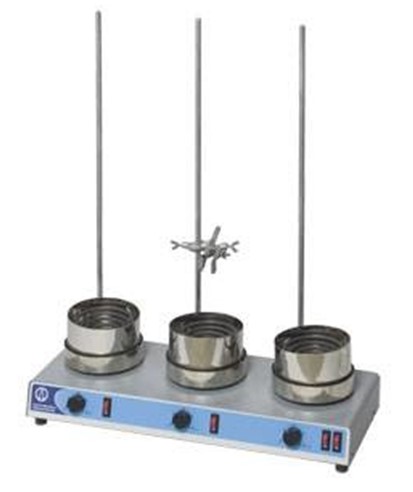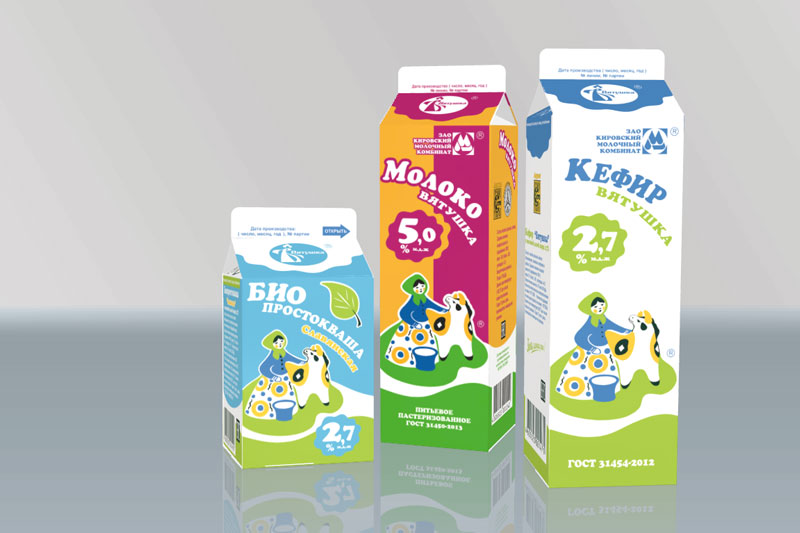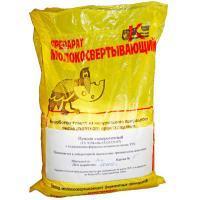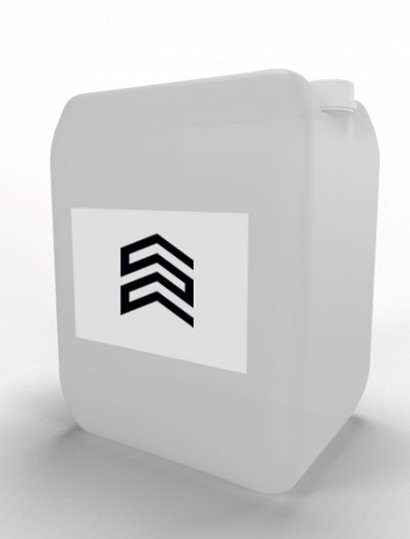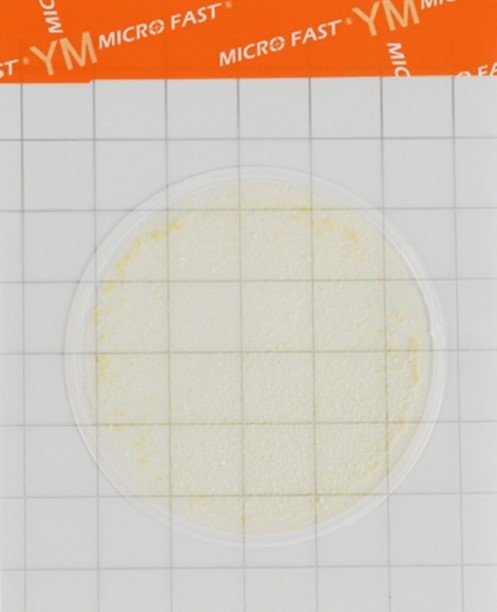The number of luxury cars in Russia has grown despite sanctions
In 2022, the number of cars more expensive than 10 million rubles. in Russia increased by 22%, to 19.8 thousand, calculated the analytical service of the auditing and consulting network FinExpertiza based on data from the Federal Tax Service (RBC has a study of the company).
The number of such cars is growing steadily from year to year - compared to pre-Covid 2019, in 2022 there were almost 2.5 times more luxury cars (an average of 3.9 thousand cars were added per year). “Neither the CORONAVIRUS crisis that broke out in 2020 nor Western sanctions, which limited Russians’ access to the luxury segment in 2022 and led to a sharp jump in prices,” could reverse the upward trend, analysts state.
Tax charges on luxury cars also naturally increased, and at a faster pace than the growth of the vehicle fleet: by 31% last year, to 3.34 billion rubles, the study indicates. The average amount of tax payable for 2022 was about 169 thousand rubles. (for 2021 it was 157.5 thousand), follows from the Federal Tax Service data.
In 2022, about 12.8 thousand luxury cars were registered with individuals and about 7 thousand - with organizations.
RBC sent a request to the Ministry of Industry and Trade.
How is the tax on a luxury car calculated?
Since 2014, increasing transport tax coefficients have been introduced for expensive cars, which have received the unofficial name of the “luxury tax”. Increased tax rates apply to brands included in a special list of the Ministry of Industry and Trade (that is, the average cost of models is determined by the ministry; it is not taken into account when calculating the tax).
Initially, the list included cars costing over 3 million rubles, but from 2022 the lower price limit was shifted to 10 million rubles, that is, for cars cheaper than this amount, the increased tax was abolished. The 2023 list (for payments for 2023) contains 449 marks. In last year’s list, on the basis of which the tax amounts for 2022 were calculated, there were 345 of them.
The amount of transport tax depends mainly on engine power, while regions can independently vary the rate. The tax on luxury cars is calculated as follows: engine power is multiplied by the regional tax rate (per horsepower) and then by a multiplying factor of three. At the same time, the amount of transport tax paid for the same premium car, depending on the region of registration, can differ by more than three times, notes FinExpertiza.
Read PIONERPRODUKT .by Bonusophagy: how to understand that your business is infected with this dangerous disease There are no conflicts and everyone is a genius: nine myths about top teams 80% of life-changing events occur before the age of 35. How to spend important years Analysts advise buying airline shares. Is it possible to make money on them?Where are there more luxury cars?
Cars from the list of the Ministry of Industry and Trade can most often be seen on the roads of prosperous and densely populated regions, analysts note. Thus, in terms of the number of luxury cars, the capital is the absolute leader: in 2022, more than 40% of the country’s premium vehicle fleet (8.2 thousand cars) was registered in Moscow. This is followed by St. Petersburg (2 thousand units) and the Moscow region (1.6 thousand units), in other regions the number of such machines does not exceed a thousand.
The minimum number of cars of premium brands is naturally recorded in sparsely populated regions, analysts explain. For example, it is almost impossible to find cars costing more than 10 million rubles. in the Jewish Autonomous Region and Chukotka (only one such vehicle was registered in these regions), as well as in Tuva (2 units) and the Nenets Autonomous Okrug (3 units).
An increase in the number of expensive cars in 2022 was noted in 76 regions, FinExpertiza calculated. Due to the low base effect, the greatest relative growth in the fleet of luxury brands was demonstrated by Kalmykia, where over the year the number of such cars increased by 6.3 times, from 4 to 25 units. This is followed by Buryatia (an increase of 92.3%, also up to 25 units), Dagestan (+62.7%, up to 122 units), and the Amur region (+55%, up to 31 units). In absolute terms, the leaders in the increase in the number of expensive cars are Moscow (+1800 units per year), the Moscow region (+270 units) and St. Petersburg (+209 units).
In 2021, analysts from the Skolkovo business school used Federal Tax Service data on the number and regional distribution of premium cars to estimate the number of DOLLAR millionaires in Russian regions. It was noted that in Russia there is a practice of wealthy citizens registering cars for their companies.
What is the reason for growth during a crisis?
The growth in the number of luxury cars is most likely due to the desire of citizens to “park” their depreciating savings, and purchasing a new car is one of the options, believes NKR Managing DIRECTOR Andrey Piskunov.
Since the spring of 2022, car prices have risen sharply amid a shortage caused by the departure of foreign brands from the market, which has devalued the concept of a “premium car,” adds Piskunov. Many brands from the middle segment have moved into a higher price category, including due to increased logistics costs of gray imports, he notes. Against this background, the number of models with an average cost of 10 million rubles. according to the list of the Ministry of Industry and Trade in 2023 increased by 30% (this list will be used to calculate tax for 2023).
In general, [over the past year and a half], the cost of cars has approximately doubled, while sales volumes have decreased approximately threefold, depending on the brand, says Sergei Mordovin, managing director of the Lamborghini brand at Avtodom Group of Companies. “But the market is alive, luxury is being sold. The most expensive car purchased from the Avtodom Group of Companies in 2022 was the Lamborghini Sian, the cost of which is approximately 300 million rubles,” he said.
The best-selling car of the Lamborghini brand is the URUS model, the average cost of which is in the range of 52–56 million rubles, and among the Bentley brand the Bentayga is the most popular (average cost is 50 million rubles), Mordovin gives examples. “All cars and spare parts for them are supplied through parallel import. There is no service support from manufacturers; repairs are carried out by their own dealerships,” the expert notes.
In 2022, the European Union banned the EXPORT of “luxury” cars (worth over €50 thousand, or 5.24 million rubles at the Central Bank exchange rate as of October 6) to Russia, and in June 2023 the embargo was extended to all new and used cars with with an engine capacity of more than 1.9 liters, electric vehicles and hybrid vehicles (regardless of price). In April 2022, Japan banned the supply of cars to Russia costing more than 6 million yen (4 million rubles at the current exchange rate), and in August 2023 added new and used cars with an engine larger than 1.9 liters to the embargo .
In 2022, there was an increase in buyer interest in the premium and luxury segment, and this year there remains stable demand for such cars, notes Igor Nazarov, director of Avilon Premium. This happens, among other things, thanks to parallel imports, which allows us to supply new cars from traditional leaders in the premium segment, such as Mercedes, BMW, and Audi, to Russia. In addition, these brands are highly competitive with premium cars from Chinese brands, and it can be predicted that over time they will occupy an increasing share of the market, he believes.
Demand for luxury cars is much less dependent on price conditions compared to the mass market and therefore remains more stable even during periods of crisis, says Elena Trubnikova, president of FinExpertiza. And if the supply of mass-produced cars of Western brands through parallel imports for distributors often turns out to be low-profit, then for luxury cars such an import scheme is more in demand, she points out.
How much taxes will luxury car owners pay?
Cash collections from transport taxes are sent to regional budgets. Organizations that own vehicles should have already paid the tax for 2022, while citizens and individual entrepreneurs are required to make the payment by December 1, 2023.
The largest “luxury tax” revenues naturally go to those regions where the most premium cars are registered. In Moscow, owners of luxury cars for 2022 need to pay a total of 1.5 billion rubles, or 44% of all-Russian charges, followed by St. Petersburg (354 million rubles) and the Moscow region (260 million rubles).
Total tax charges for cars over 10 million rubles. are growing every year, and faster than the vehicle fleet is expanding. Thus, in 2021 they increased by 73.1% and reached 2.55 billion rubles, in 2022 - by another 31%, to 3.34 billion rubles. Regional transport tax rates remain virtually unchanged, but newly produced premium cars are gradually increasing their engine power, which affects the growth of total “luxury tax” collections, the study states.
“The national average tax payment for a premium car was about 169 thousand rubles. At the same time, luxury servicing has become more expensive due to the departure of Western companies from the Russian market, restrictions on the import of spare parts and the termination of warranty service,” notes Trubnikova.

